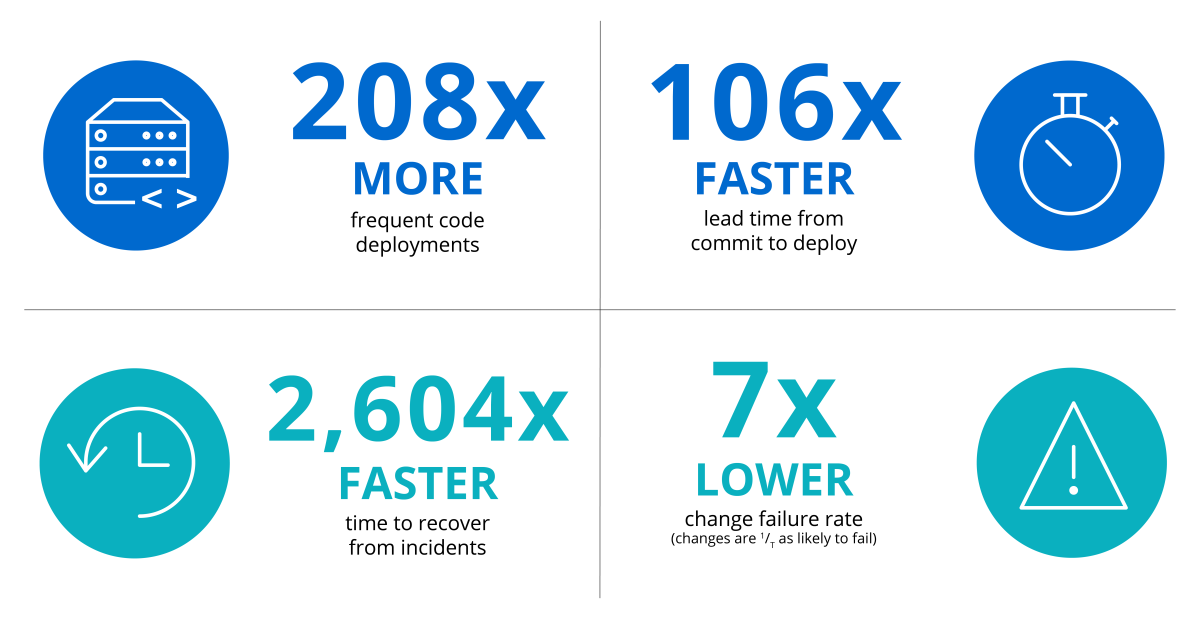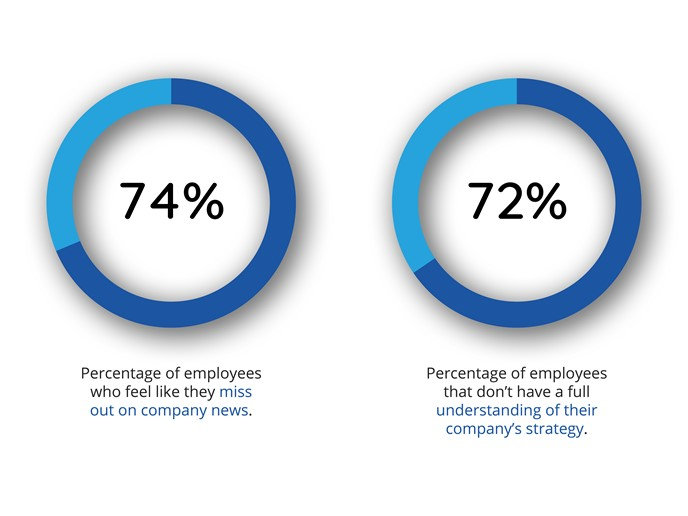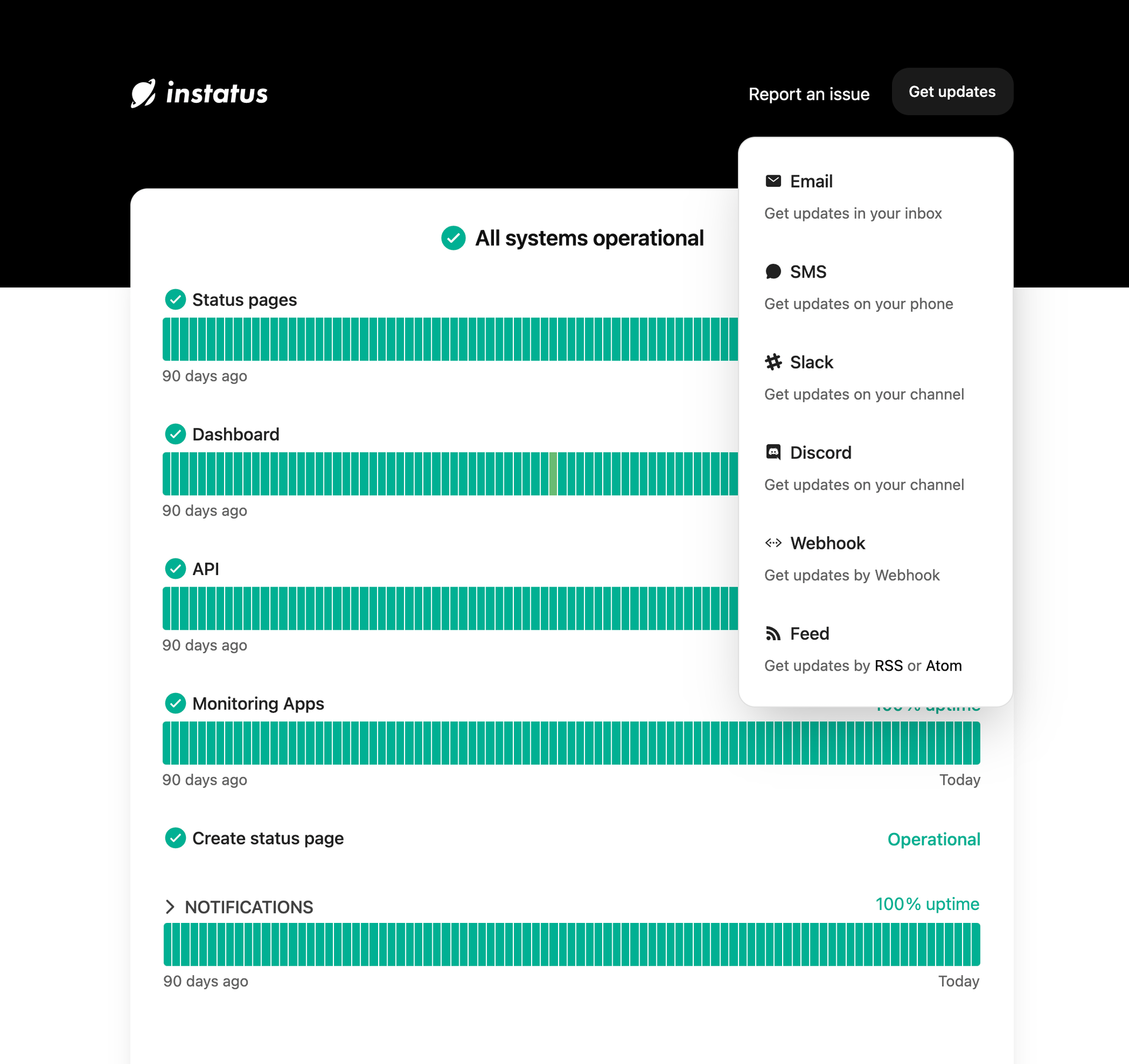Unlocking The Potential Of DevOps: Understanding And Implementing The DevOps Maturity Model

Heads up everybody, there’s a new kid in the software development industry, and its name is DevOps. With its faster time to market, fewer bugs in production, and improved customer satisfaction, DevOps is leaving all other methodologies in the dust.
And with 83% of businesses incorporating DevOps practices in their software journey, the trend is on the up and up. However, many organizations still struggle to implement DevOps effectively, missing out on its full potential.
Here’s where the DevOps Maturity Model comes into play. The DevOps Maturity Model provides a roadmap for organizations to follow in improving their DevOps practices, evaluating the development of the DevOps model along the way.
And here at Instatus, we’ve unraveled the DevOps Maturity Model for you. We’ll explore each stage of its journey, its key metrics, and how to implement it within your business._ Let’s get started!_
What is DevOps Maturity Model?
The DevOps Maturity Model is a framework that outlines the stages an organization typically goes through when adopting DevOps strategy and principles. This framework helps businesses evaluate their current level of DevOps maturity.

The model helps create a blueprint of where companies currently stand in their DevOps adoption and what’s needed to progress. As the process is ongoing, it’s necessary to view DevOps maturity as a continuous process rather than an end goal.
Additionally, it focuses on both the technical and cultural changes needed, aiming to help businesses bring their software to market more effectively, within budget, and on schedule (the words every company loves to hear).
Three components of a complete DevOps Maturity Model
The** DevOps Maturity Model works on three levels** - assessing the current level of skills, identifying growth opportunities, and charting a plan of action to achieve DevOps objectives. Here are the essential components that must be present:
DevOps maturity for application
The level of DevOps maturity for an application is determined by** how safe and protected the code development process is**, from start to finish. It’s essential to conduct *thorough *building, testing, and security checks, as well as tracking parts of the process that can be automated.
DevOps maturity by data
When measuring an organization's DevOps maturity using data, it’s critical to consider the ability of DataOps to automatically update data and verify functionality (ensuring everything is working correctly). This means teams can quickly make changes to the data used by their systems.
DevOps maturity by infrastructure
We can define DevOps maturity by a company’s ability to simplify infrastructure management through DevOps automation tools, streamlined processes, and self-service capabilities for creating and storing environments. Particularly when collaborating with other businesses.

Different stages in DevOps Maturity Journey
The DevOps approach equips development teams with the necessary tools and processes to** implement new features**. And while different maturity models have varying stages and criteria, most frameworks follow a similar progression:
Stage 1: Initial
- Organizations have no DevOps practices in place
- The development and operations teams are managed separately
- The majority of build steps are manual
- Release cycles take a long time to implement
Stage 2: Managed
- Emphasis on collaboration
- A change in outlook targeting agility in Development and automation in Operations
- Small teams carry out experimental DevOps practices before scaling to larger projects
Stage 3: Defined
- Well-defined and standardized processes across the Development and Operations teams
- Established rules and secured automation
- Agile practices are put in place to define a more mature process
Stage 4: Measured
- Teams have a reliable understanding of DevOps practices
- Increased awareness of objectives along with ongoing development
- Automation replaces most manual processes
Stage 5: Optimized
- Success is measured according to user experience and business objectives
- Visible achievements and employees secure recognition
- High level of collaboration across teams
Even though the above stages form a complete DevOps Maturity Model, it’s imperative to keep track of your progress and evaluate maturity at every step of the DevOps lifecycle.
Key metrics for DevOps maturity
Measuring DevOps maturity requires evaluating cultural, technical, and process-related elements. Using key performance indicators (KPIs) can assist you in gauging the maturity level of a DevOps function.
Here are *four *fundamental DevOps KPIs for assessing a team’s maturity:
MTTF: Mean Time to Failure
This KPI refers to how long it takes until something goes wrong and how often updates are causing issues. It’s a measure of the reliability of software, so if issues are constantly popping up, it could mean there is a lack of testing or fundamental issues in the code.
MTTD: Mean Time to Detect
MTTD is the average time it takes for a team to detect an issue or incident in their system. If a team is inexperienced, it will take much longer to detect problems. This leads to difficulty in replaying events and identifying the root cause.
MTTR: Mean Time to Repair
As you’ve probably guessed, MTTR highlights the time required to fix an issue or error. An immature team that lacks knowledge will take longer to resolve issues in comparison to a team with a high level of DevOps maturity (as they have shared the necessary know-how).
Downtime like the one above can cause problems in a live environment, as customers may experience difficulties accessing your service. Thankfully, you can address these issues quickly with Instatus.
Instatus lets you create striking status pages to keep your users informed during repair downtime, alleviating the pressure on your team. If you’d like to find out more, check out our gallery for some examples.
MTBF: Mean Time Between Failures
Here, the KPI measures the reliability and average length of time between failures during software deployment and after. It’s a necessary metric for evaluating the stability of your product.
Why is the DevOps Maturity Model important?
If you’re still on the fence about the significance of the DevOps Maturity Model and the assessment framework it provides, let’s take a look at its wide range of business benefits:

- Provides a detailed view of the current status of a DevOps team
- Helps identify areas that need improvement
- Improves scalability of the software development process
- Provides continuous feedback on incremental process upgrades, automation, and culture
- Encourages collaboration and communication between teams, leading to efficient workflows
- Enhances delivery speeds and reduces time to market
- Improves overall software quality and reliability
As you can see from the above, the DevOps Maturity Model receives feedback at every step and focuses on any specific challenges, helping organizations** stay agile and flexible**.
Core values of the DevOps Maturity Model?
Hopefully, by now you’ll understand the business benefits of the DevOps Maturity Model, so let’s delve into what to look for in DevOps maturity. Let’s think about the following points in our DevOps Maturity Model checklist:
1) Culture and Strategy
Recognizing that DevOps is a culture-centric program that requires **cross-functional collaboration **amongst diverse teams. Because of this, its approach needs a working culture where everyone operates towards a single goal.
The transition to a DevOps operating model may involve a change in a company’s working culture, which seems easy on paper yet 75% of DevOps initiatives fall short because organizations fail to adapt. It’s why the journey calls for a well-planned approach and flawless strategy.
2) Automation
Automation is a favorite word in DevOps culture, playing a starring role in promoting continuous delivery and deployment tools. By automating repetitive and mundane tasks, companies enhance deployment speed and streamline testing and production.
In a DevOps cycle, automation reduces the need for manual intervention, resulting in less human error while enabling teams to become more efficient and focus on more complex assignments. In a nutshell, automation facilitates faster execution.
3) Collaboration
As with any successful methodology, collaboration is the key ingredient, and DevOps maturity is no different. Regardless of location, teams must unite, leveraging tools and resources to accomplish shared aims and objectives.

For DevOps maturity assessment, transparency is key, especially in understanding individual roles. To put it simply,** efficient communication ensures teams are in sync**.
4) Processes
Today’s IT operations focus on processes that encompass the entire Software Development Life Cycle (SDLC). And in particular, DevOps culture places a significant emphasis on relevant procedures that amplify efficient operations.
In a DevOps environment, each stage follows a set of procedures that align with corporate policies and business objectives. With an effective review process, teams can analyze their history and identify what occurred during each coding stage.
5) Recovery speed
Speaking of assessing code failures, while automation can significantly reduce human errors during a release, there are still risks involved with any changes deployed during production.
This risk can be assessed by evaluating how quickly teams recover from failure. The faster the recovery, the more beneficial it is to production. For instance, if issues arise after every release, it’s best to focus on recovery speed, as these problems may harm reputation.
Wrapping up
By leveraging the DevOps Maturity Model, you can improve your workflow efficiency, reduce time to market, accelerate release cycles, enhance product quality, and increase testing accuracy, ultimately giving you a competitive advantage.
Having a clear understanding of your current position in your DevOps journey can help identify areas for improvement. Especially in today’s business landscape, where success is determined by the ability to operate at high speeds.
And as with any process, downtime is expected. This is where Instatus comes in.
With Instatus, you can create visually appealing status pages when your team is addressing an issue. And the best part, you can get your first one for free right now!
Get ready for downtime
Monitor your services
Fix incidents with your team
Share your status with customers



